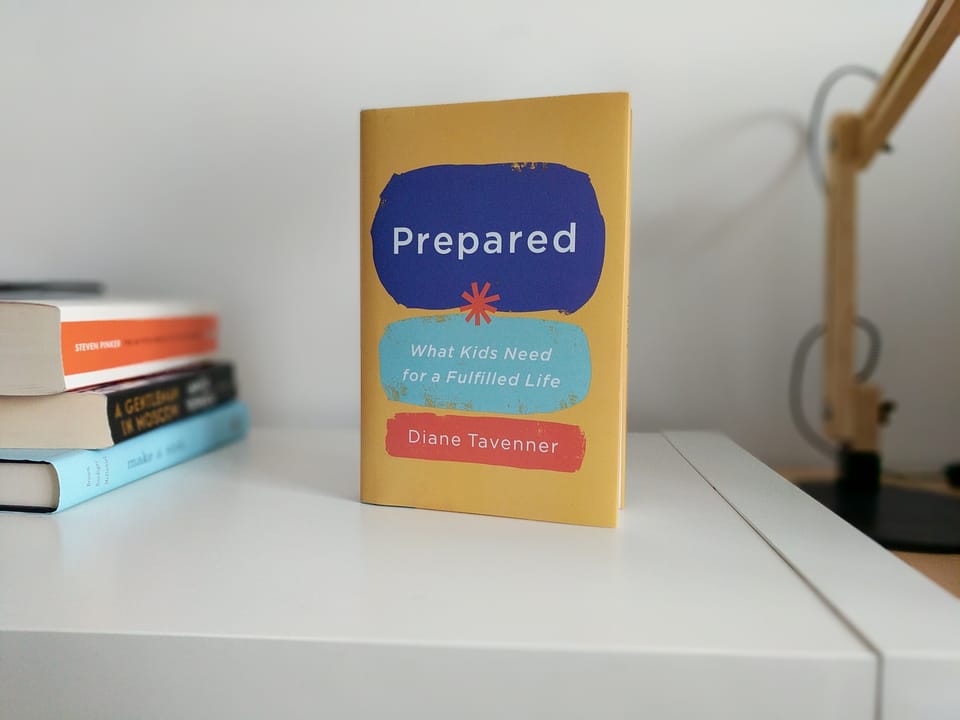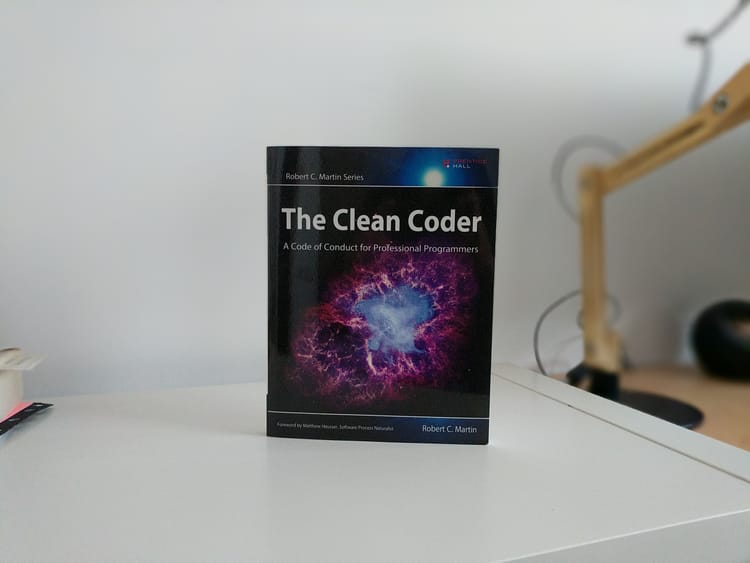A better, fulfilling education that children actually love

In my view, the best kind of education is one that learners love (which I appreciate may be a gross oversimplification). We’re more likely to want to do something we enjoy and see the point in doing it, and much more likely to want to pursue it a much deeper level. The trickier bit is how we define ‘love’, since this may differ from person to person. Prepared by Diane Tavenner talks about how her Summit schools approach this from various perspectives.
I appreciate views on what makes a ‘better education’ are not hard to come by. So I’m not going to say that this is the best way or the only way for a more fulfilling education. However, I certainly do feel as if this is an intriguing way that is supposedly backed by science and research.
Rethought
To create a school, Summit had to rethink what school was for and the processes involved. This meant that teachers had to let go of what their old ways and embrace a new way of teaching and supporting that refused to give up on any child and was committed to living to the principles they set out for the school that they would hold themselves to account. I go into what those principles are in the following section.
The pillars of motivation for students are mastery, autonomy and purpose. Mastery is the process of a student having the time and resources to become a subject expert (or at least proficient enough to satiate their interest) in a matter. This is in stark contrast to the ‘learning for the syllabus’ approach, which may only provide a surface level understanding. Autonomy is key. It’s about allowing the student to determine their own trajectory to tackling problems on the road to mastery. Purpose is to do with lessons meaning something beyond the classroom. If a student is learning something, they’ll care more (and likely perform better as a result) if they understand why they’re learning for something. If they’re doing something rote because ‘they just have to’, that’s often simply not a sufficiently good enough reasoning. Why bother learning something if even the person teaching you doesn’t know why it’s relevant beyond getting a good grade.
What is Summit?
While fond of them (and there’s quite a few in the book), the Summit philosophy goes beyond a few buzzwords. In other words, there’s a lot of things (hence a book dedicated to it) on the approach they take to supporting students’ learning. Nonetheless, I’ve extracted some of the core, fundamental ideas that sit at the epicentre of Summit.
Project-focused
Why is this important? There’s the research to show that project-based learners are better at problem-solving, better able to apply what they’ve learnt to real-world situations (from experiencing application), but most importantly, they care more. It can be hard to motivate students. Motivated students equate to better attendance, higher levels of engagement and, on the teacher front, higher job satisfaction.
Projects could be an individual project or one a student works on in a group of other students. Students are given a long term (on the scale of months) to work on the project and become subject experts on the matter. They’re encouraged to dive into the project and consider its real-world relevance from multiple angles.
This is all very abstract, so let’s concretise this. One example project is Sim City. In this project, the science teachers at a Summit school set the students with designing a more sustainable city (either a new city or a plan to improve an existing city). Students had to consider the decisions that governments, companies and the public would face on economic, agricultural and residential matters (to name a few). This meant producing a cost-benefit analysis that considered questions and criticism they would receive and how they addressed those in their plans.
For now, and the future
I won’t go too much into this, but a key part of what they teach at Summit is rooted in what’s important to lead a fulfilled life beyond graduating at a Summit school. This includes having strong problem-solving skills, be able to a strong enough emotional intelligence that allows them to respect differing views in the workplace to creating and maintaining strong relationships at university and beyond.
Self-direction
I’ve touched on autonomy briefly before. At Summit, they have a self-directed learning time, which is one hour every school day reserved for what students want to learn themselves or with peers. This means that they take control of what they want to learn and how they want to learn it. Critically, this is scheduled and organised. Students plan in advance with their mentors on what they need to learn to get better at and the resources they’ll use to get there. At the end of the session, the students reflect on their progress: what went well and areas to improve on for next time (e.g. setting more realistic goals for the hour session).
Mentoring
Every mentor (a teacher) has around twenty mentees that they look out for. A mentee group meets regularly to discuss their goals and to help one another on problems they are encountering. Mentors meet their mentors one-on-one weekly to discuss academic issues and any wider concerns, such as problems at home. The mentors are with the students throughout their time at Summit and get to know their mentees well. What struck me by surprise is the extent to which they do this – mentors even do home visits to get to know their mentees’ families!
Uncut diamond
Summit isn’t presumptuous enough to claim that their schools have all the answers and it all figured out. Instead, they acknowledge that they’re a work in progress, as they have been since their genesis, and will continually improve by resolutely focusing on what’s important for students.
Opened up
Only a certain number of people can attend one of the oversubscribed Summit schools. They have opened up their learning programme and materials to other schools to adopt or adapt for free. To my mind, this shows that they really care about their mission for a more fulfilling education and helping other schools change (if they want to) than simply touting themselves as the only way.
Whatever it takes
WIT: whatever it takes. This is the philosophy that Summit takes for every student. Every child that enters a Summit school needs to succeed and is capable of doing so. It’s up to the staff at Summit to make it happen. To do whatever it takes.
What struck me most about is not the sentiment but the commitment to the promise. If one student is underachieving, there will be meetups between teachers to ascertain the underlying cause. Following this, discussing a new plan of action with the student is made to help them pick themselves up and follow a more promising trajectory.
Final thoughts
There are far too many captivating stories in this book for me share without making this too lengthy! It’s a captivating read that led me to appreciate all teachers better. I’m a strong proponent of Summit’s mission to improve education without leaving anyone behind.
Recommended?
I’d highly recommend this book if you’re interested in a new kind of schooling as a student, parent or just someone interested. Tavenner tries to relate what they teach at her schools to how it has changed her parenting and dedicates a chapter to some parenting tips on matters like helping to fuel curiosity and autonomy.
For UK readers, you may have a hard time getting hold of a copy of this book. I struggled to find an available copy on popular book sites like Waterstones, Amazon and Blackwells. Thankfully, Blackwells can notify you when they’re back in stock if they’re out. At the time of writing this post, both Amazon & Blackwells (but not Waterstones) had available copies.



